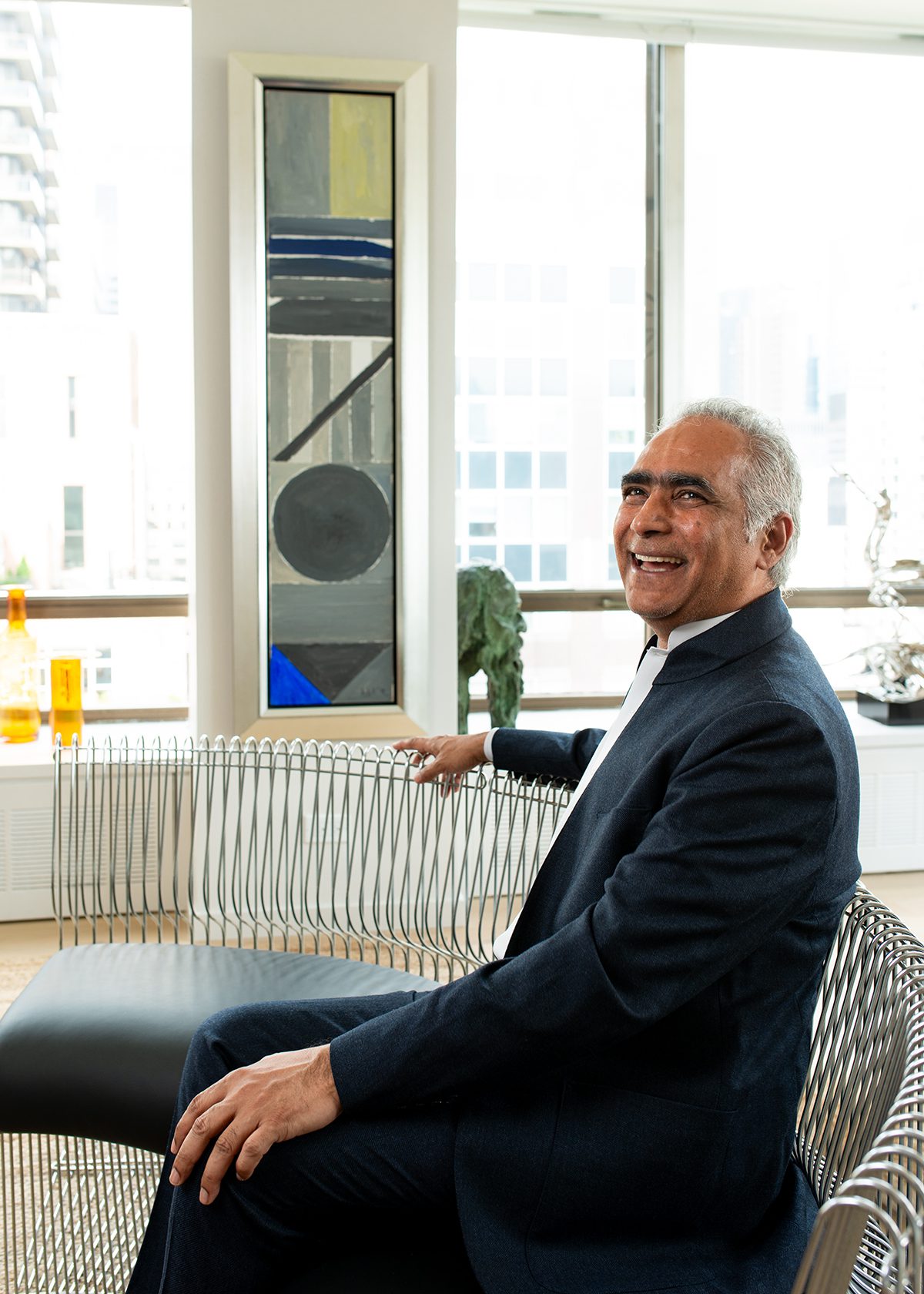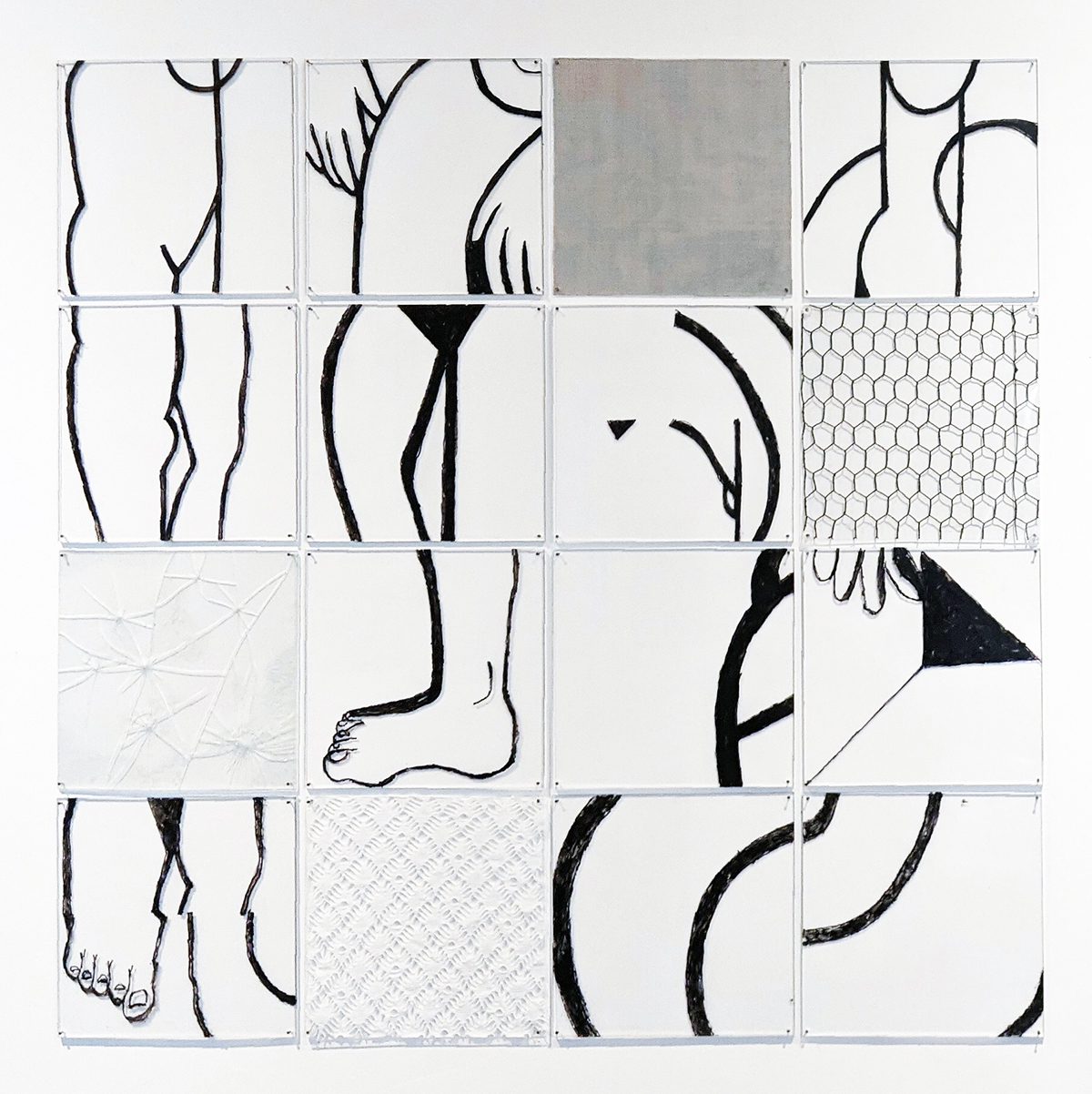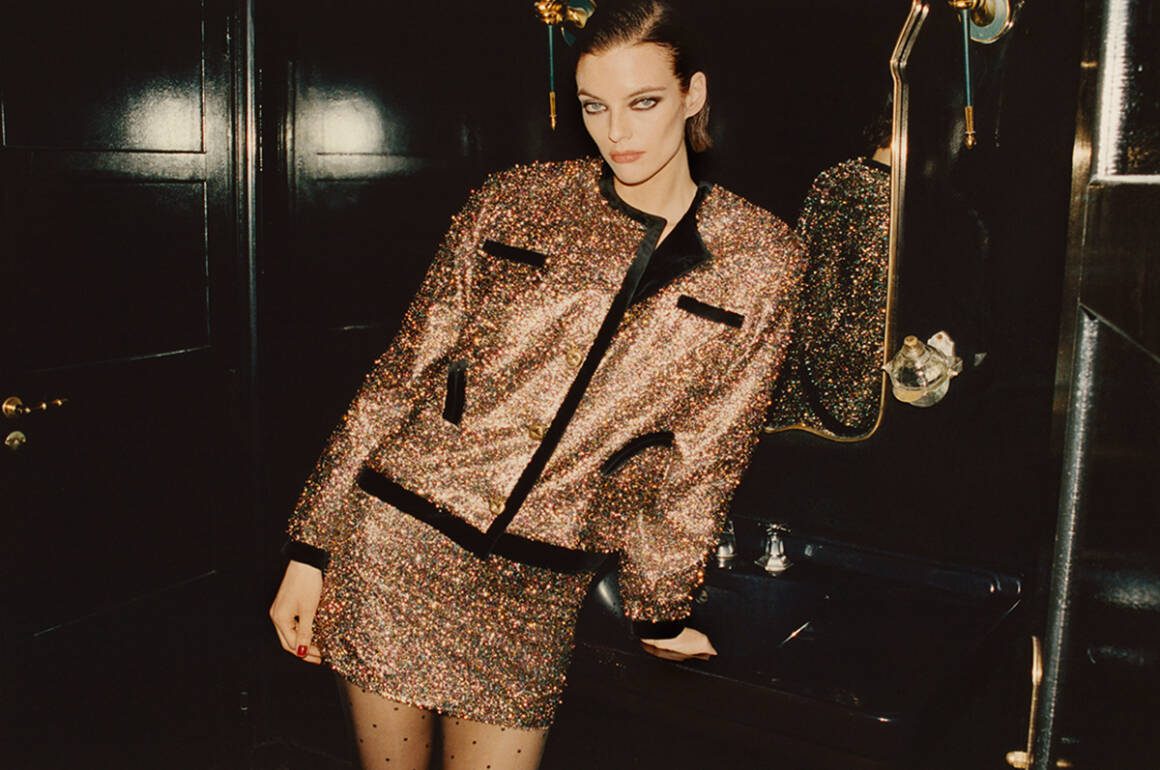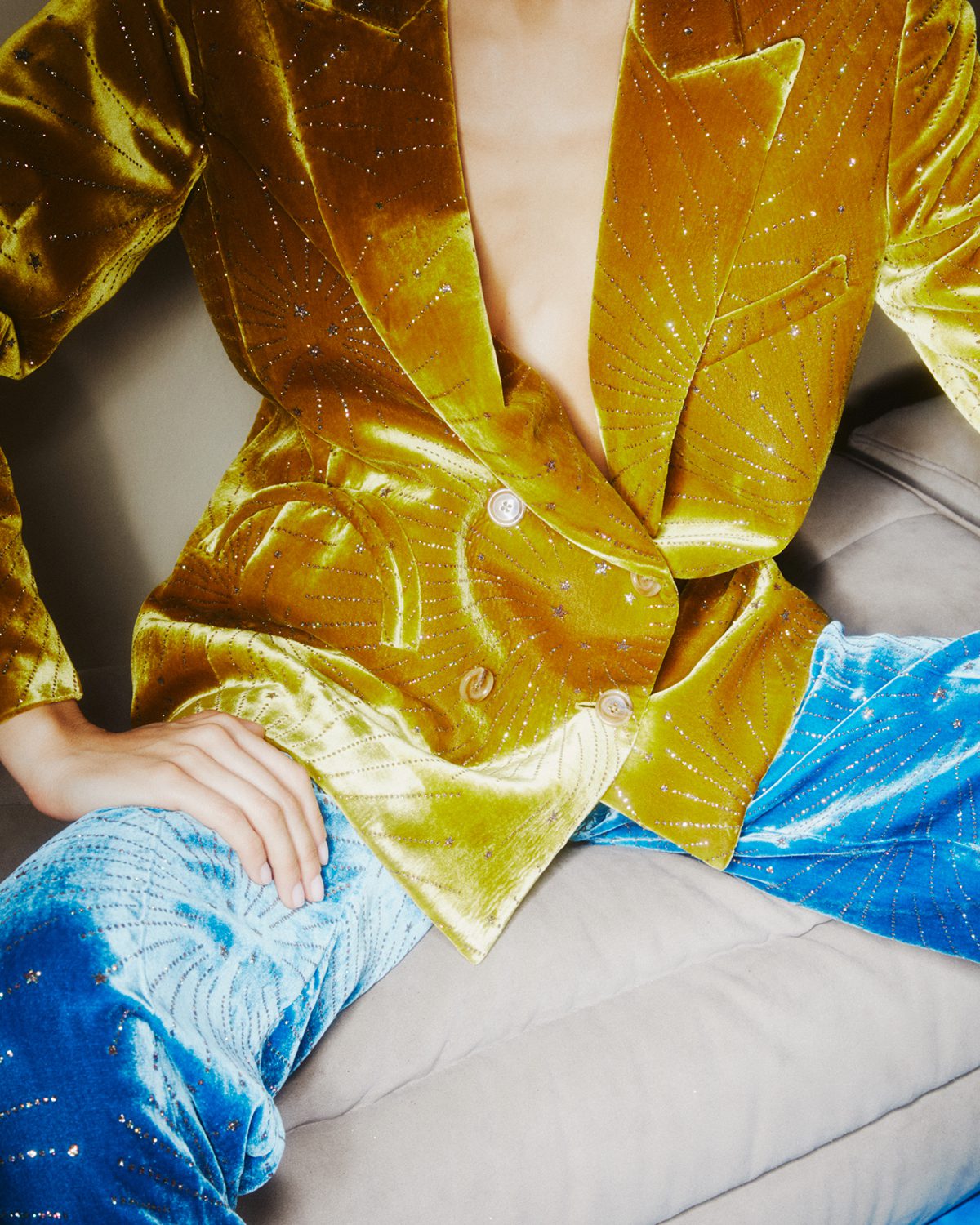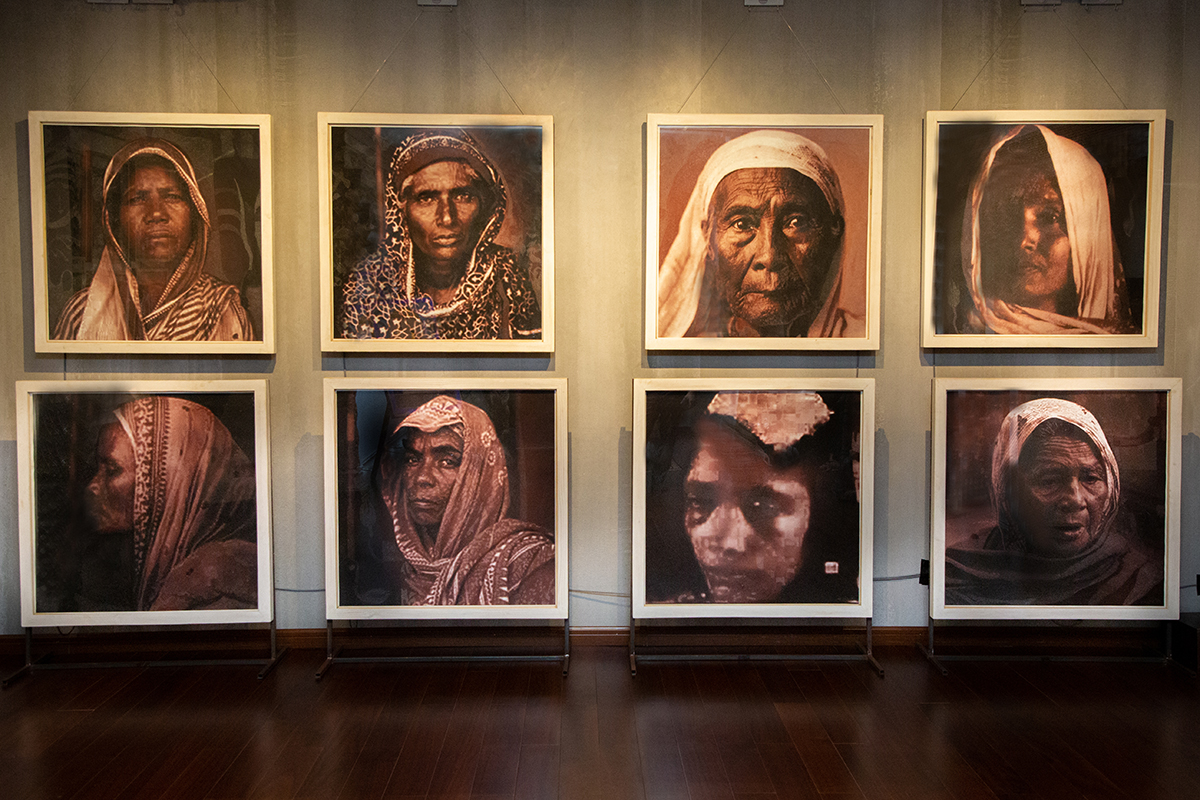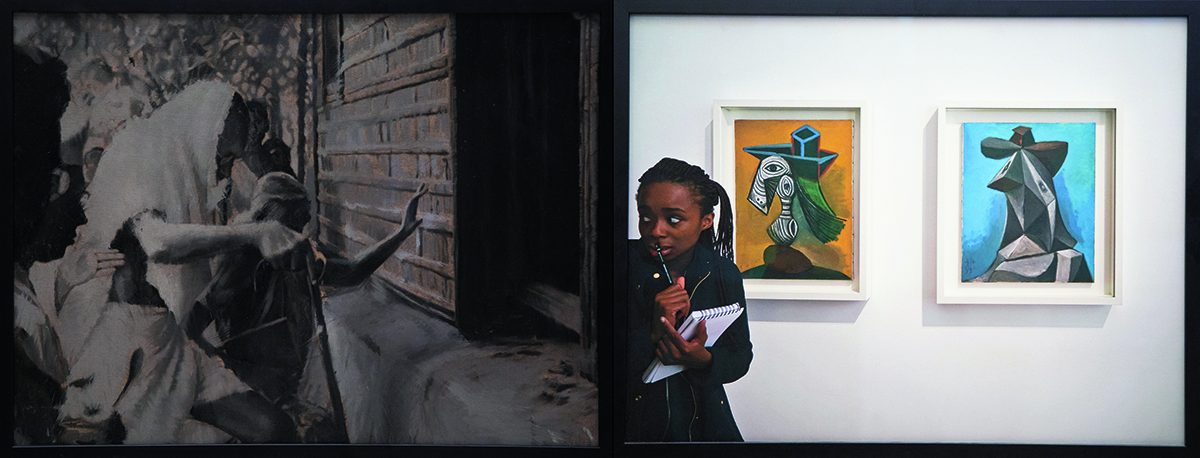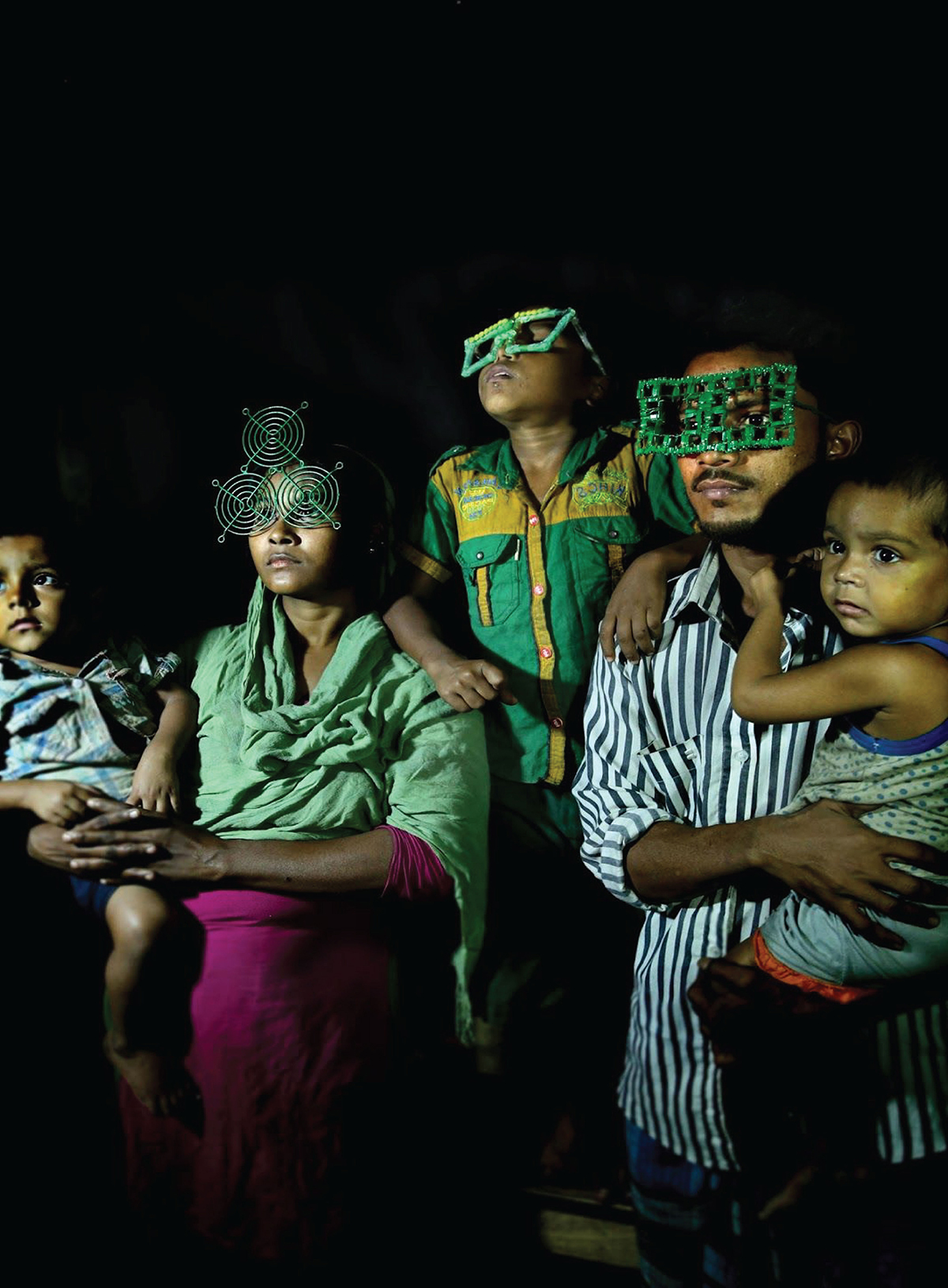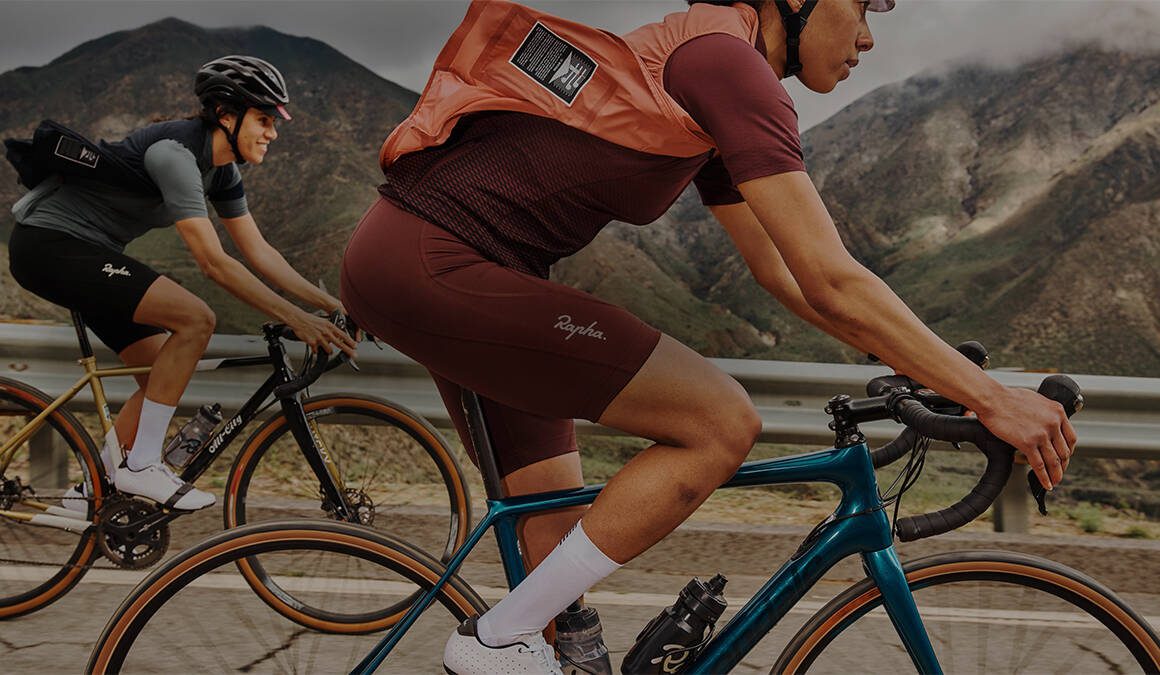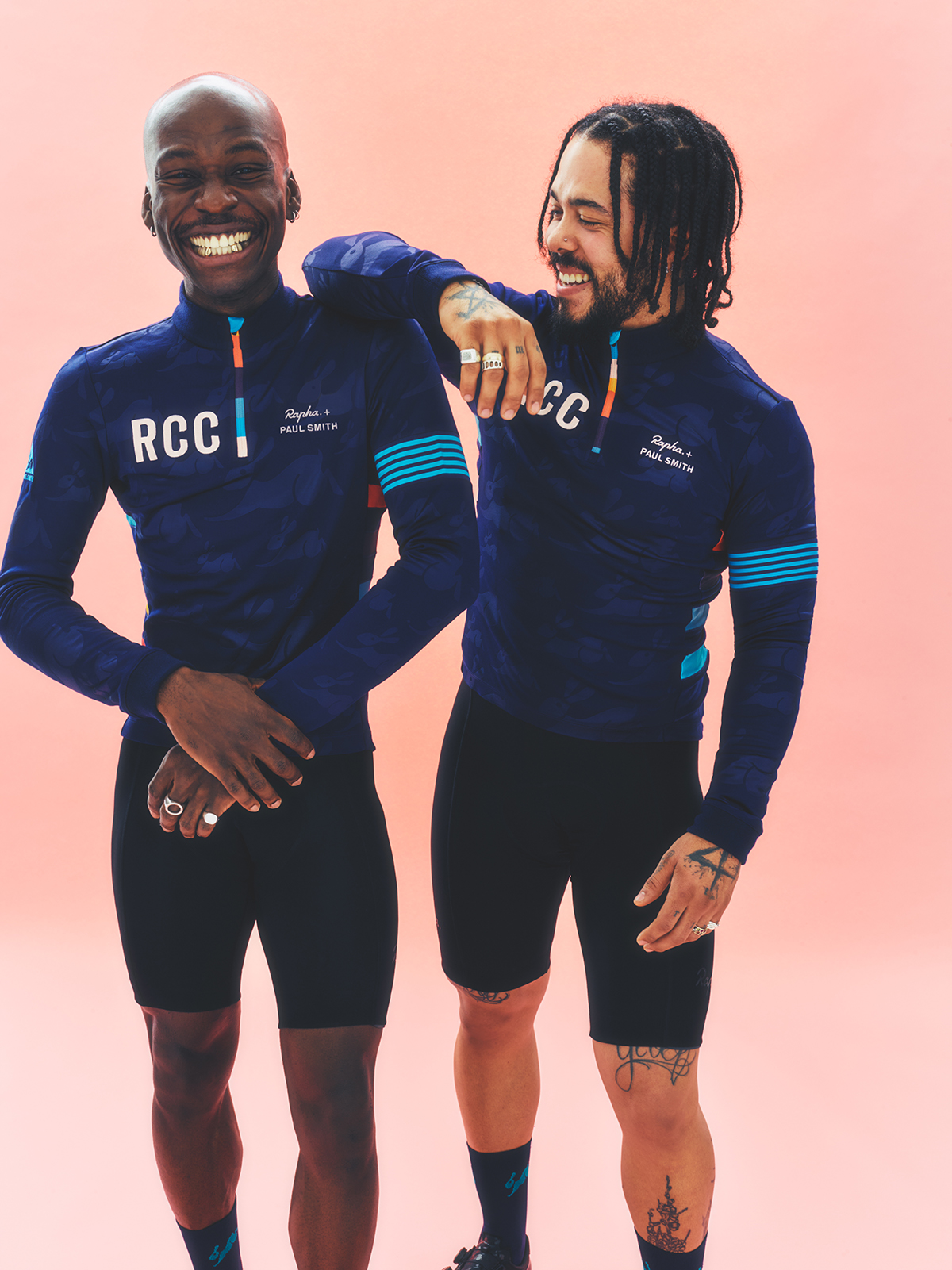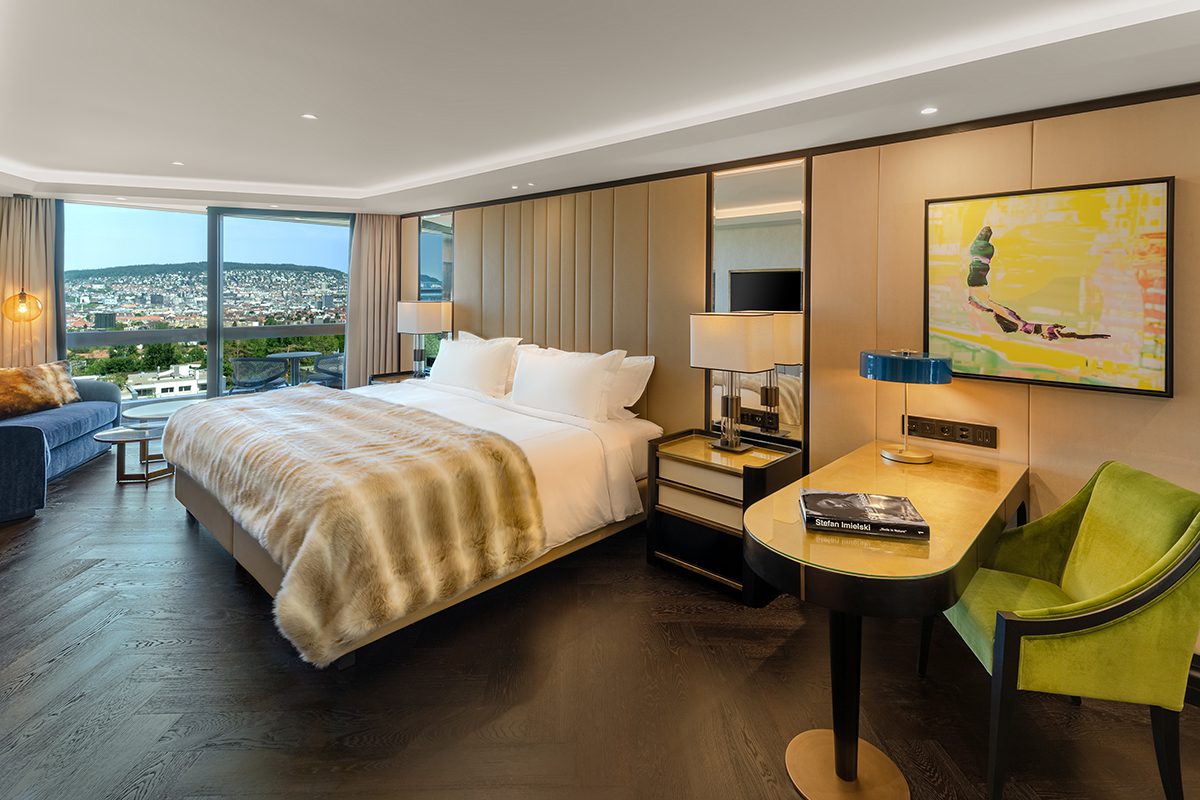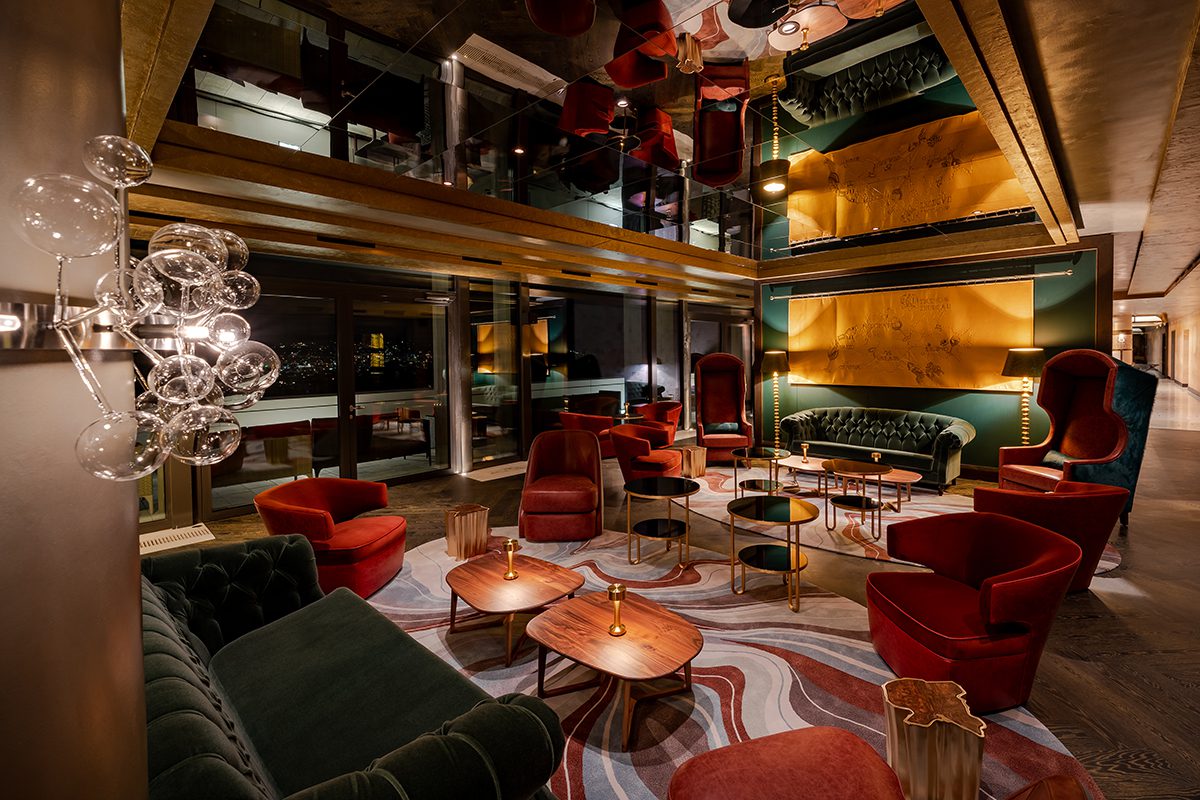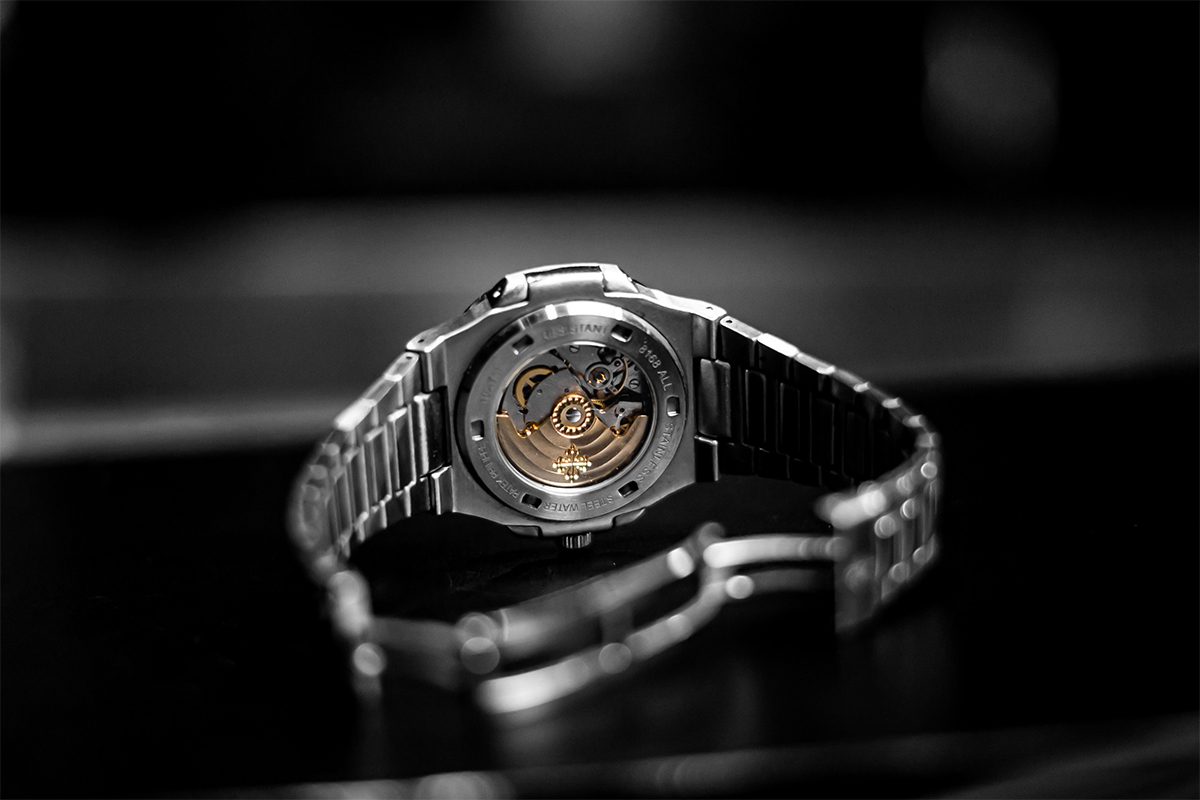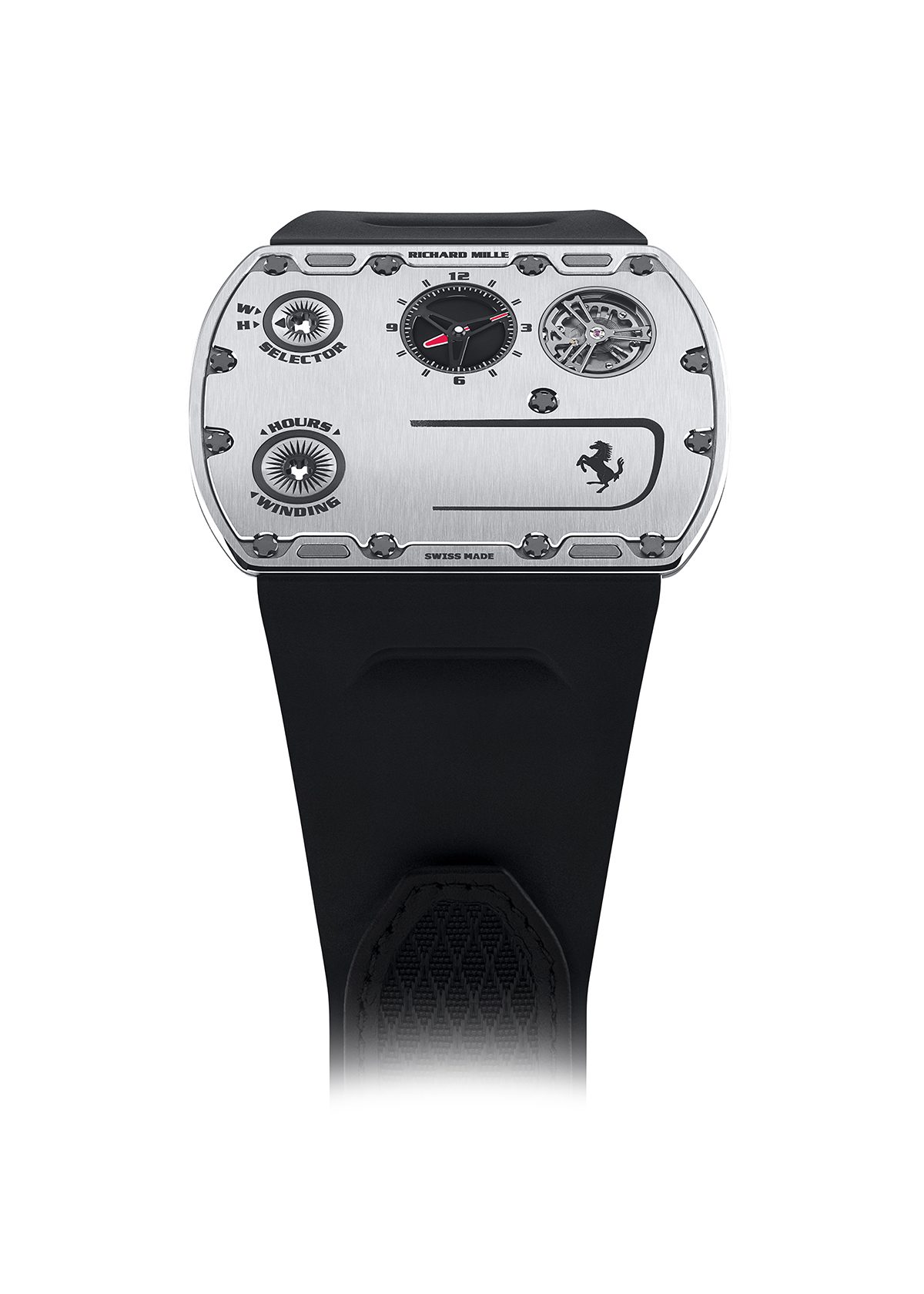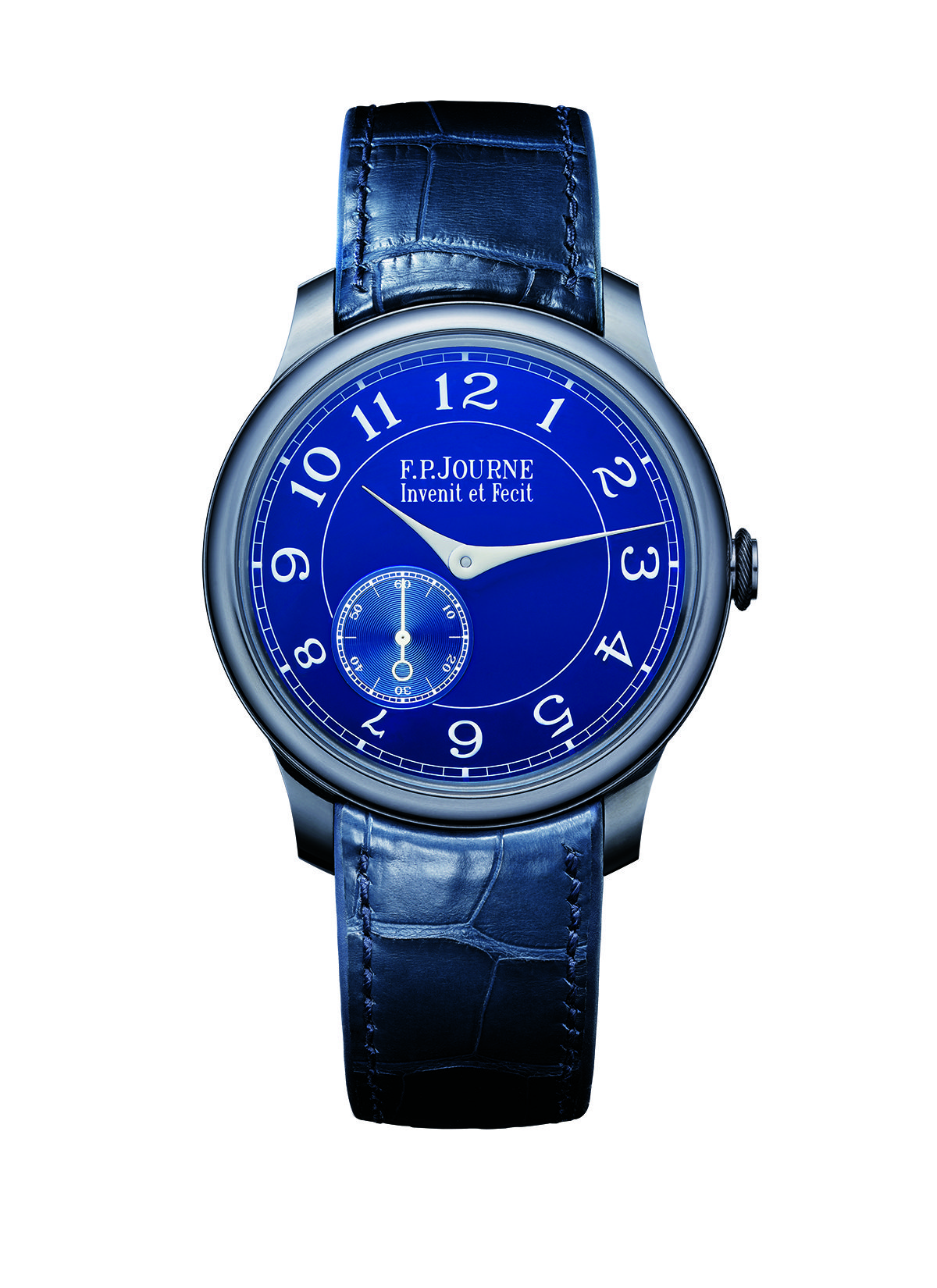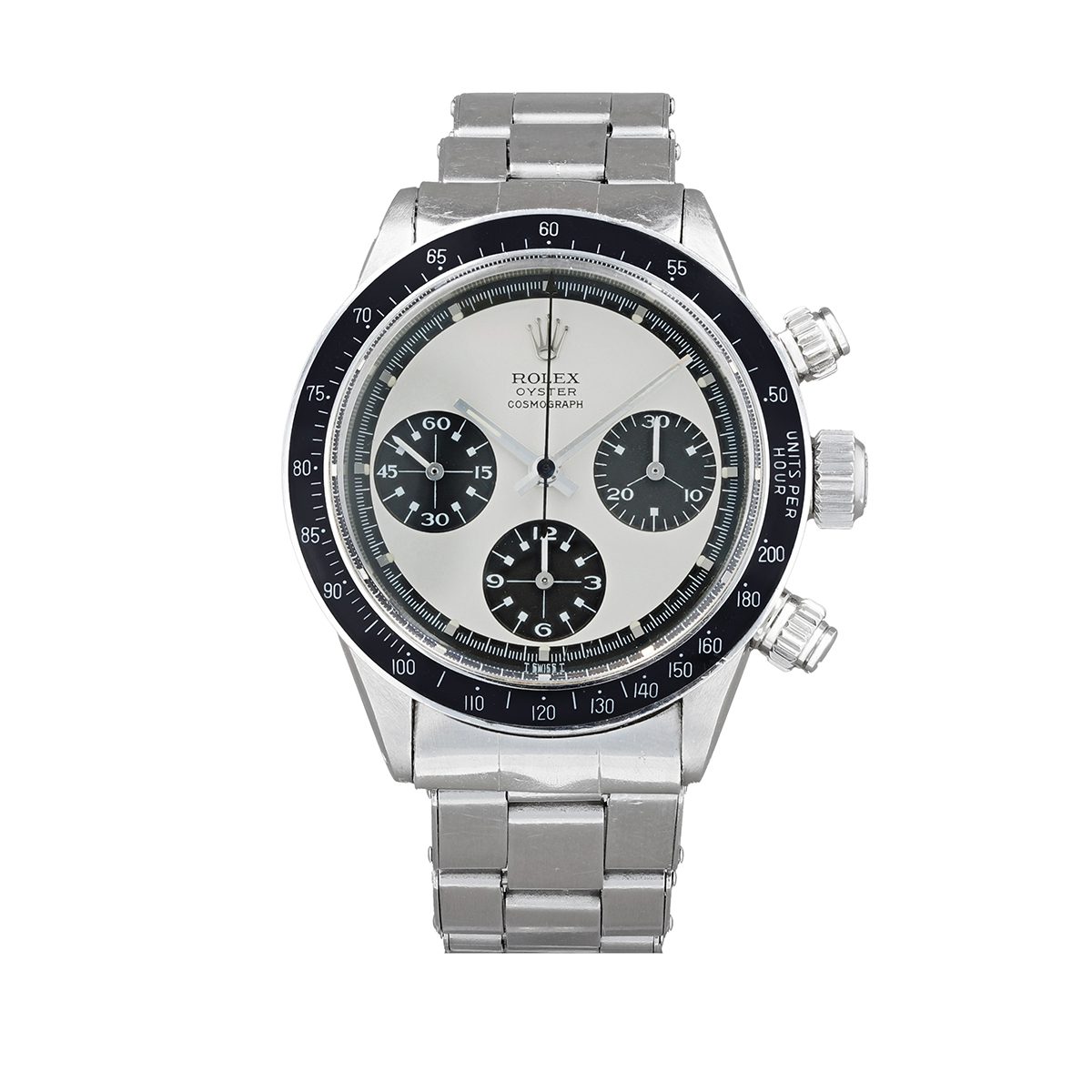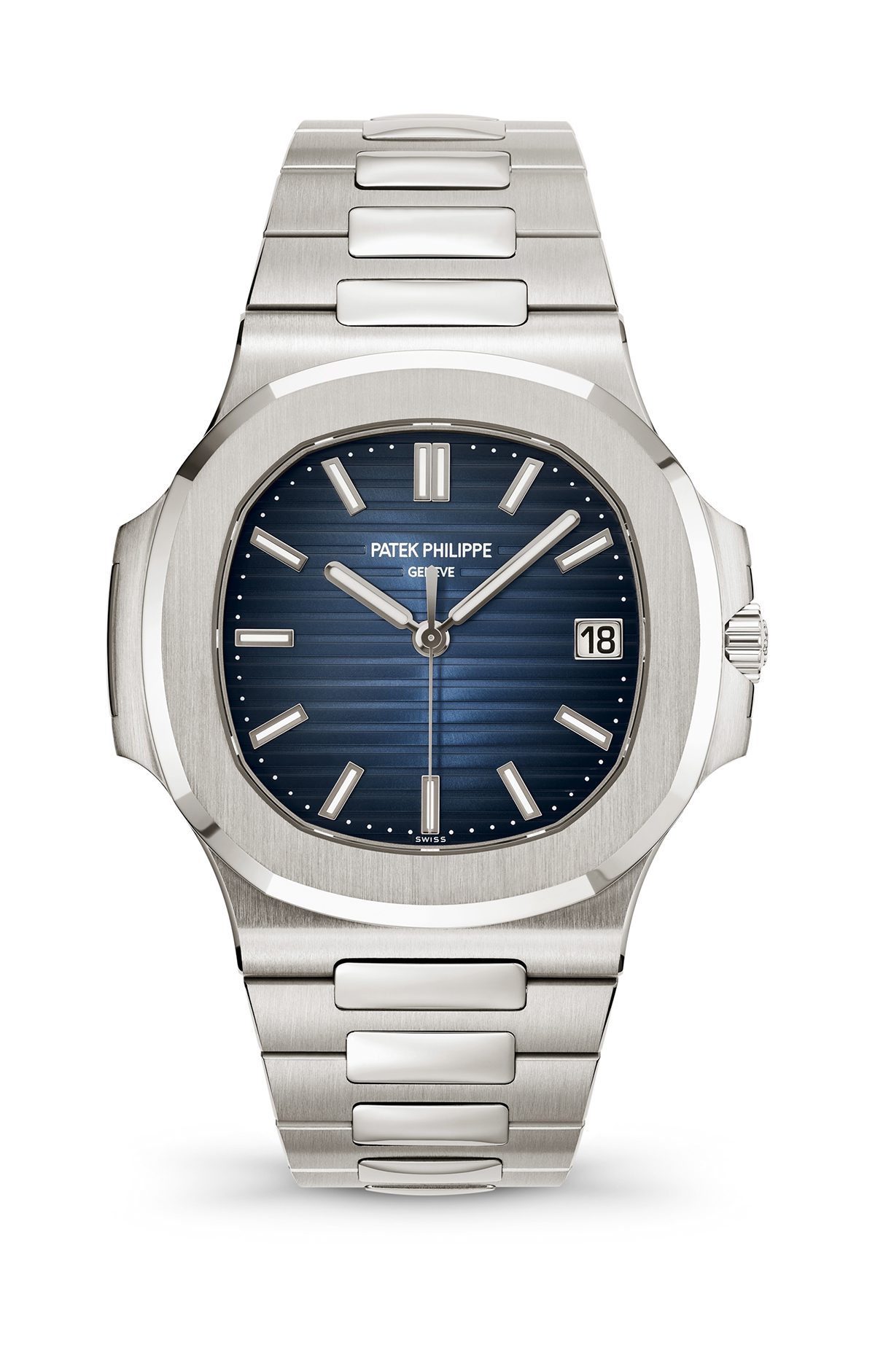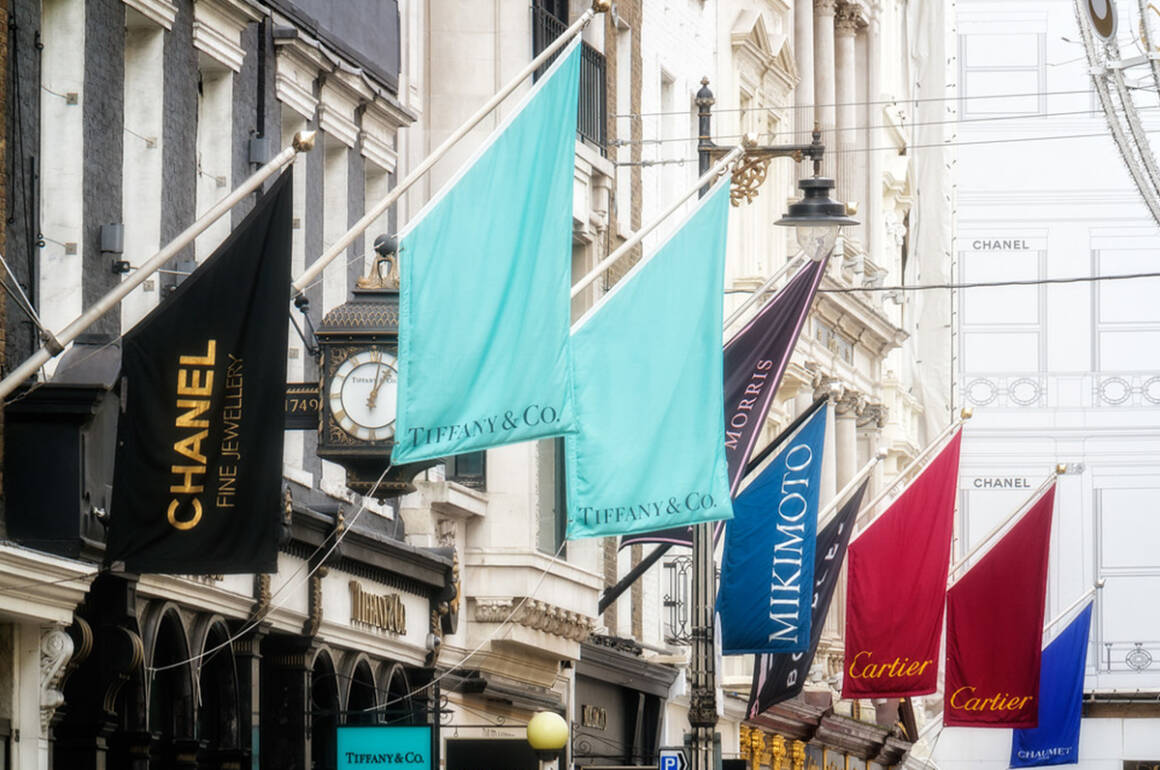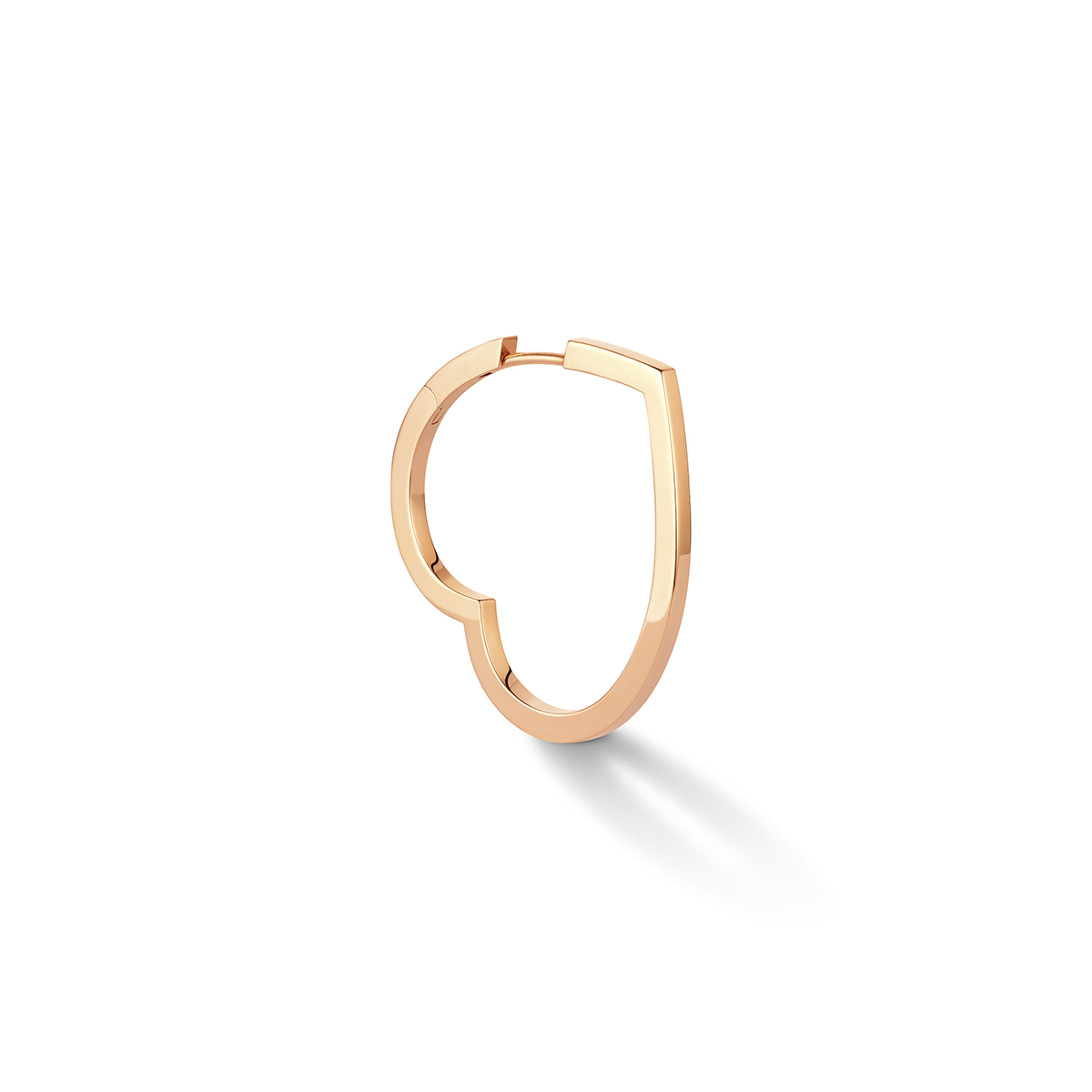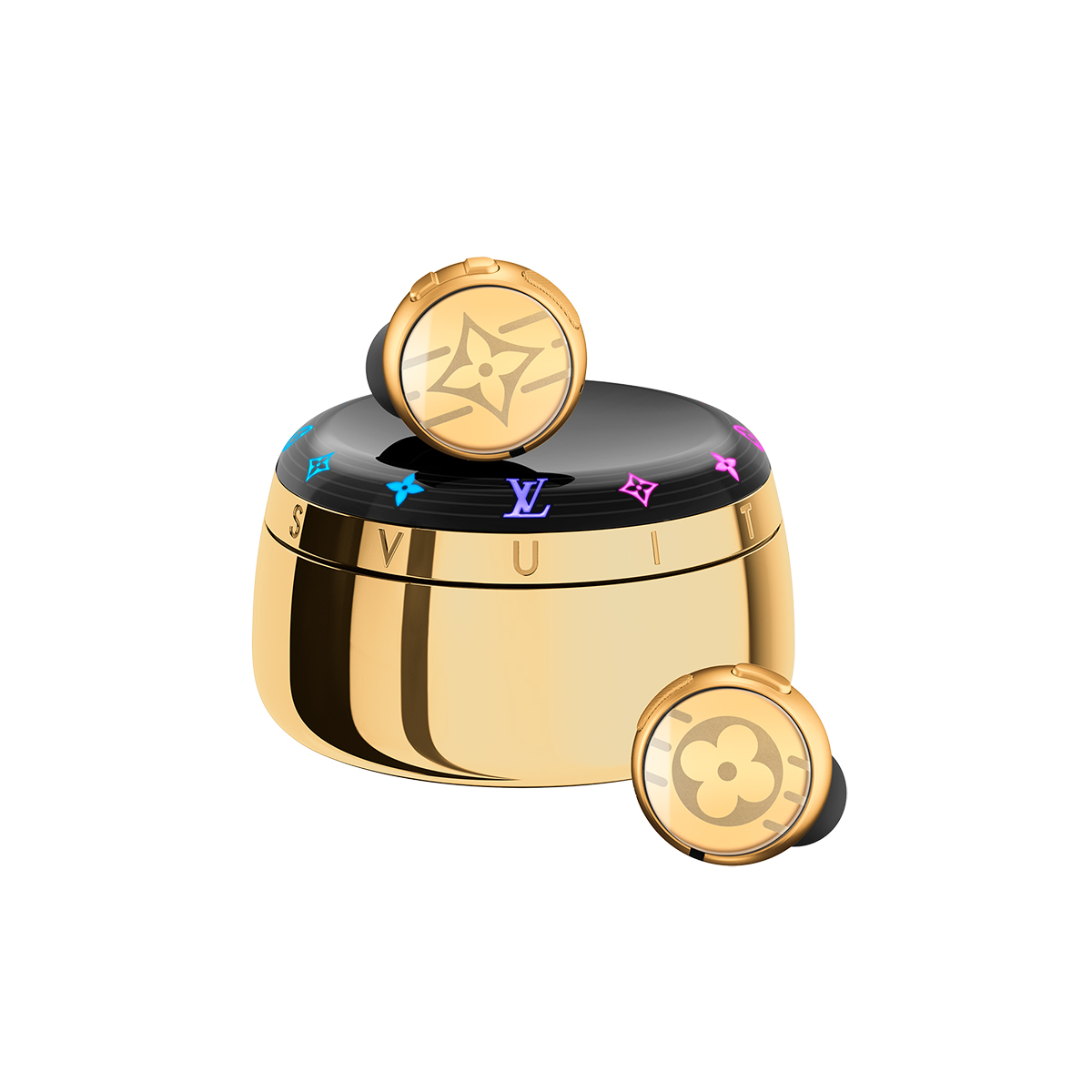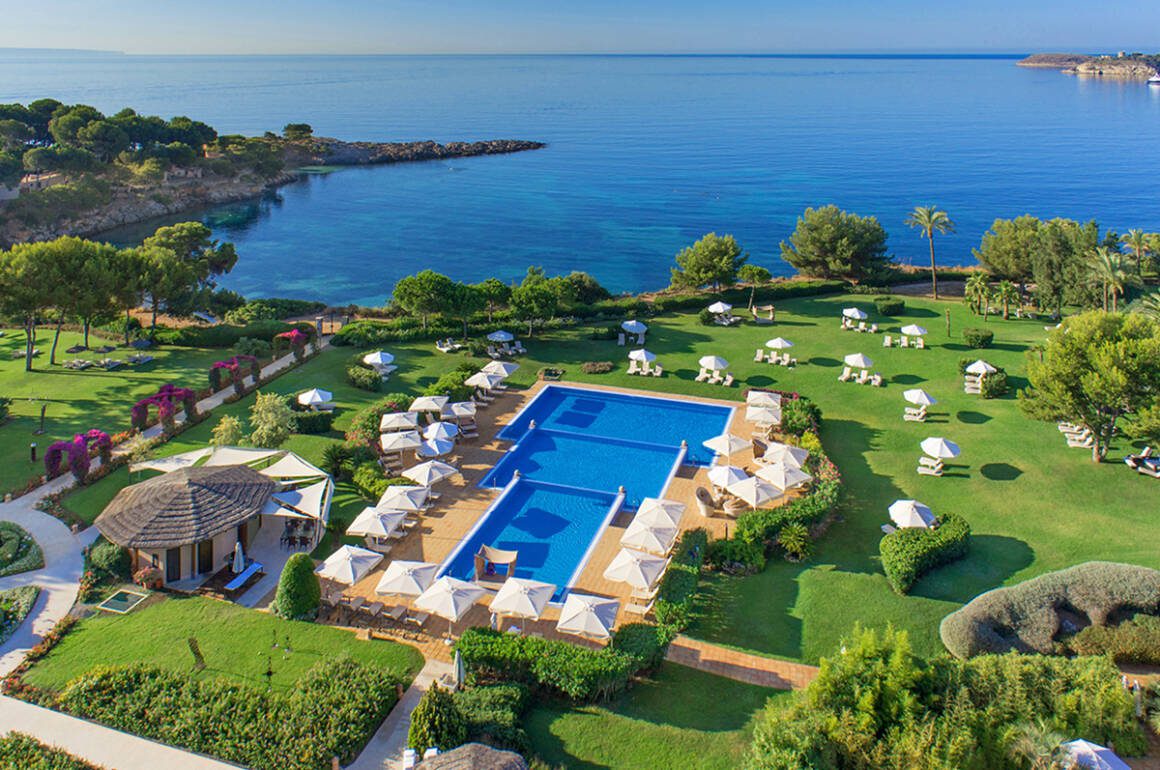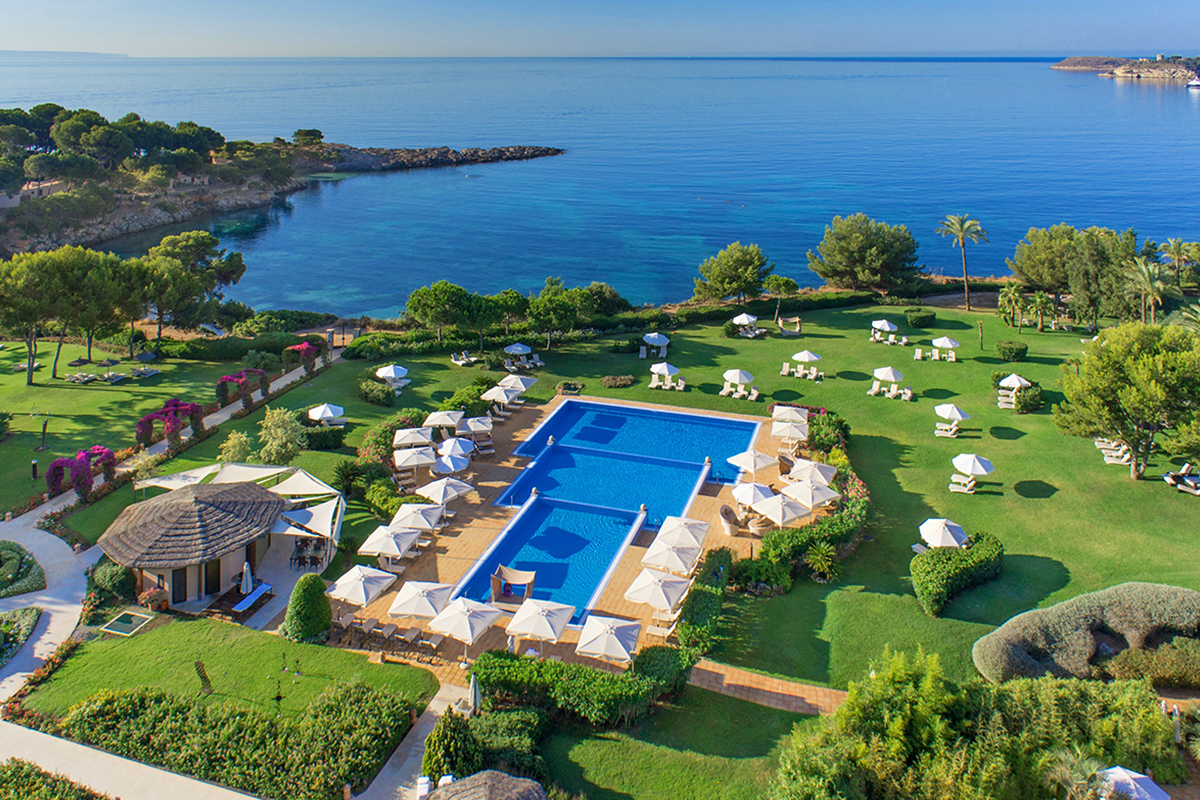
Team Captains Luke Donald of England and Zach Johnson of The United States with the Ryder Cup Trophy at the Colosseum in Rome
Guy Kinnings is the Deputy CEO, Ryder Cup Director & Chief Commercial Officer at European Tour Group & Ryder Cup. Ahead of the Ryder Cup in Rome this weekend, he speaks to Samantha Welsh about the growing enthusiasm for the sport from the next generation and the organisation’s focus on making golf more sustainable
LUX: You are a renowned leader in the golf world; where would you say your focus and relatability have come from?
GK: I originally trained as a lawyer in London and that gave me a good grounding in the commercial world. But as a lifelong sports fan, I always knew I wanted to gravitate towards that world. It’s been three decades for me in the world of golf, and I’ve worked on virtually every aspect of the professional game and enjoyed working with pretty much everyone involved in the game. I worked in every aspect of golf (event staging, sales, media etc) but I also spent many years as a player manager/agent. That job requires you to be a salesman, lawyer, confidante, all-round sounding board and sometimes a shoulder to cry on. I learned the ropes from the legendary Mark McCormack at IMG, who managed the likes of Arnold Palmer and Gary Player and basically invented the role of a modern sports agent. I could not have asked for a better mentor. The Tour is ultimately a Members’ run organisation, so the players are the shareholders that I answer to. Athletes are a unique breed who I have a huge amount of admiration for and I’d like to think I’ve learned what makes them tick.
It’s also crucial to be passionate about what you do if you want to succeed – and I love my job. I get to travel to amazing places (visiting Ryder Cup venues and the legendary Augusta National is an annual highlight) and to spend time with incredibly talented people. I also have an amazing wife and family. She has always been very understanding about the travel and late-night phone calls! Sport is ultimately a relationship-based business and golf tends to attract great people, which helps. It may be a niche sport, but it punches well above its weight because its core values – things like integrity, inclusivity and sportsmanship – are so appealing.
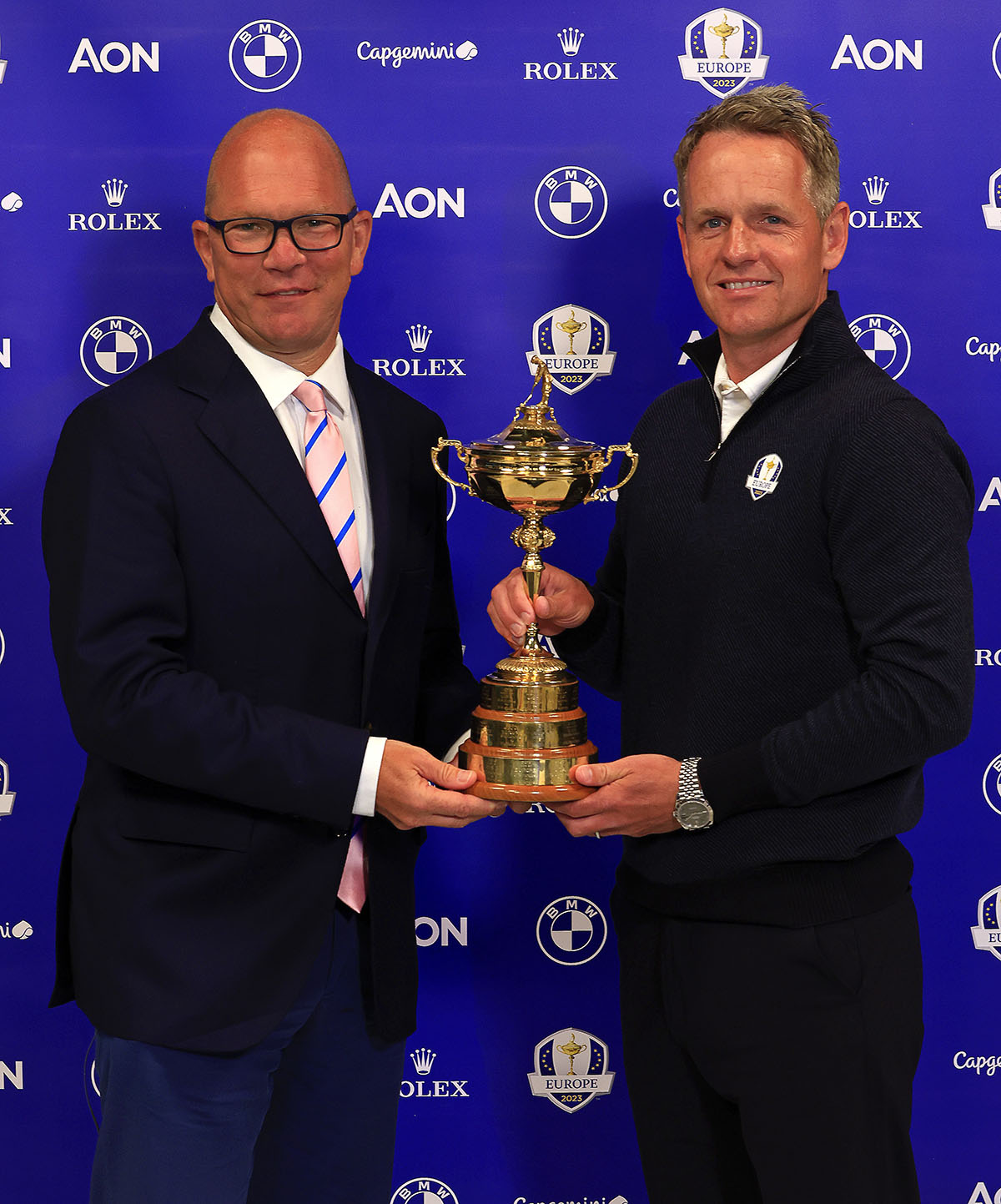
European Ryder Cup Director, Guy Kinnings and European Ryder Cup Captain, Luke Donald
LUX: How do you think the pandemic affected the global golf industry?
GK: The pandemic was a big shock to the entire sports and entertainment industry, but our Tour faced more challenges than most because of our global nature. We are a travelling circus in many respects, visiting 26 countries this season. When air travel was severely restricted and fans had to stay away, it became a battle for survival. But one of my proudest career moments was seeing how my colleagues managed to overcome so many hurdles. We completely revamped our schedule and quickly set up a sector leading testing and bubble system for players and our staff, which meant we could get back playing earlier than almost any other sport. This allowed us to fulfil broadcaster and sponsor obligations and keep our players competing for prize funds. We learnt a lot and have come out of the pandemic even stronger than before it. It brought the best out of our people at a tough moment.
Follow LUX on Instagram: luxthemagazine
The pandemic has also been a key factor in driving a big boost in the popularity of golf. We saw big spikes in participation across 2020 and 2021, particularly amongst younger players, and it’s great to see that this trend has continued. I feel like golf is undergoing a cultural moment right now and the launch of the new ‘Full Swing‘ series on Netflix will only help drive this by showing off the sport and its personalities to a new audience. Of course, we also have the Ryder Cup in September, which is always a moment in time when the sport enters mainstream consciousness.

Rory McIlroy of Northern Ireland at the DS Automobiles Italian Open 2022 at Marco Simone Golf Club in Rome 2022
LUX: What was behind the ET rebrand as DP World Tour and how has this brought about the vision for driving golf further?
GK: We sat down with DP World, a long-standing Tour partner, at the 2019 DP World Tour Championship – our season ending event – and discussed what a bigger relationship might look like. Becoming the Tour’s Title Partner was discussed and it quickly became apparent that there were a lot of synergies there. Changing our brand, with all its history, was not something we took lightly but from a very basic branding perspective the “European Tour” name was increasingly a misnomer anyway. Pre-pandemic, 27 of our 47 events were outside the continent and the idea of rebranding to a “world” Tour had already been floated, so what better way to cement this global footprint than by partnering with a company whose very name encapsulates that?
The extra investment they are making has also helped us to elevate the Tour in every way. We’ve had record prize funds for the past two seasons – no mean feat given the pandemic and global economic uncertainty – and unlocked new funds to further invest in our Golf for Good programme. A good example is the launch of the G4D (Golf for the Disabled) Tour last year. We could create an entirely new Tour for the best disability golfers in the world, who play the same course, the same week, as DP World Tour events across a nine-event schedule. Making golf more inclusive is a big passion point for the Tour and this was a major statement in this area.
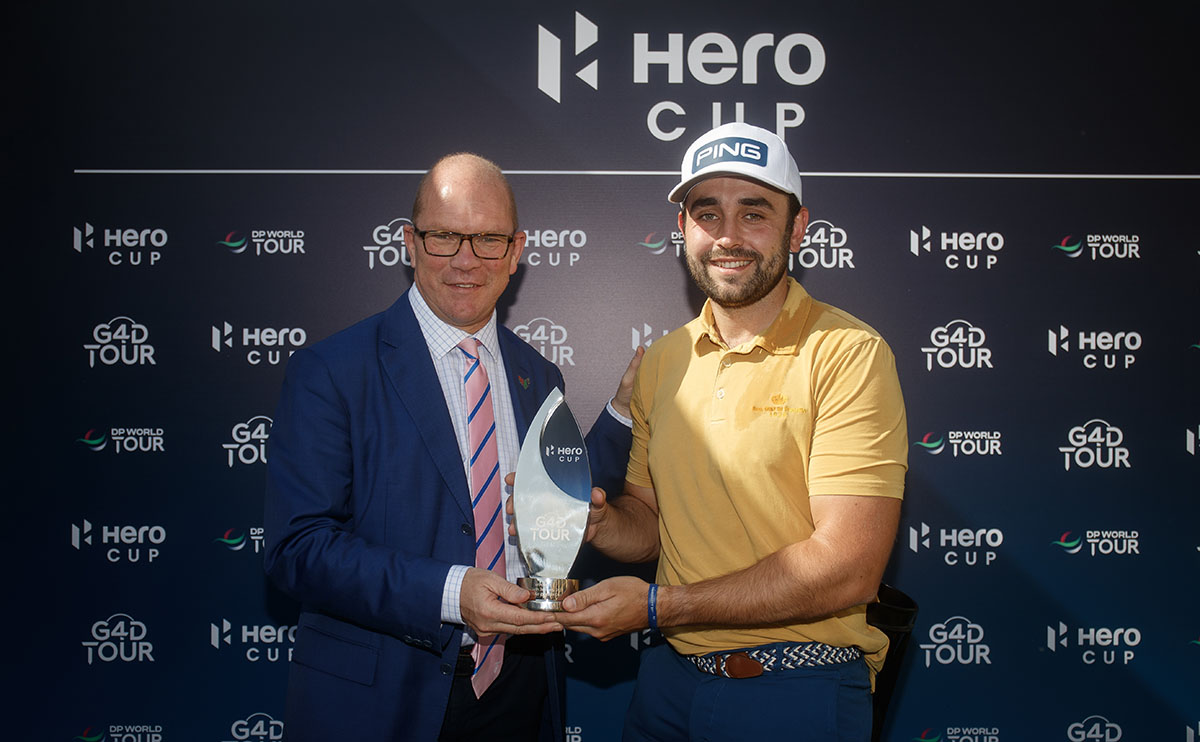
Guy Kinnings presents the trophy to Juan Postigo Arce of Spain after winning the G4D event at Abu Dhabi Golf Club
LUX: What is your vision for raising the profile of the women’s game?
GK: Whilst we are a men’s professional Tour first and foremost, we have worked with our friends at the Ladies European Tour and LPGA Tour to create a series of mixed gender events. In 2022 there was the Volvo Scandinavian Mixed and the ISPS Handa World Invitational. These are great opportunities to show that women’s golf is just as entertaining as the men’s game. In fact, we had the first ever female winner on the DP World Tour in 2021 as Sweden’s Linn Grant won the Scandinavian Mixed. She played unbelievable golf that week and I’m proud that we could give her a platform to compete against her male counterparts. I truly believe that golf can be the most inclusive game in the world. The handicap system in the amateur game means that people can compete against each other on an equal footing, regardless of their skill level, and our mixed gender events are just one way to showcase that ethos. I am also a big fan of the Solheim Cup – which is played the week before the Ryder Cup later this year.
LUX: Have your team had success in reducing environmental impacts?
GK: 2022 saw us measuring our carbon footprint across eight key tournaments to identify a baseline to work from, so full data on our emission reductions have started coming through this year. We have seen some really positive developments. For example, we require a lot of temporary power generators at our tournaments, because a golf tournament is basically held in a large field, and we have switched from traditional diesel generators to bio fuelled powered ones which is reducing emissions by up to 94%. We have also reworked our schedule to try and group tournaments together geographically to reduce air travel and we will be making more headway on that in 2024. We have also started trialling remote TV production techniques with our partner Tata to reduce the amount of people we fly out to events. The recent Singapore Classic was a major trial for us in this respect. We had 29% fewer TV staff in Singapore – they were working remotely in the UK from Stockley Park – which saved 140 tonnes of CO2, the equivalent of 850,000km in a diesel powered family car.

Rory McIlroy of Northen Irleand at the DP World Tour Championship on the Earth Course at Jumeirah Golf Estates, Dubai, United Arab Emirates
LUX: While you can create KPIs for courses, real estate, logistics, materiel, processes, how do you guide behaviours and set standards for spectators, fans?
GK: We have to bring fans on this journey with us. We have tens of thousands of spectators watching our events each tournament day and they travel to and from the event. Fan travel is included in our net zero commitment, so we need to encourage behaviour change. We can do many things ourselves to help guide them to be more sustainable, such as offering refillable water stations to reduce single use plastic use, offer vegan food stalls, or provide incentives to travel by public transport. But at the end of the day there is only so much we can do and personal responsibility takes over. But sport can be a powerful tool to educate people, so in 2023 we have been really trying to get the message out there to spectators that sustainability is important. We’re launching a fan-focused campaign at the Betfred British Masters where the Tour will be planting 100 trees for every player that manages to drive the iconic par 4 10th hole at the Belfry. Fans can also have a go themselves in a simulator experience. It’s one way to authentically incorporate sustainability into the on-course action, which is not always an easy thing to do. We will also be providing a mechanism at the Ryder Cup where fans on site will be able to calculate their travel footprint and make a payment to offset it.
LUX: LUX approaches the subject of carbon offsetting with care. The World Economic Forum warns it ‘can cause people to disassociate themselves from the issue and deflect attention from the immediate dangers posed by climate change’: is ETG set directly on a path to net zero?
GK: We are indeed. In fact, we recently became the first pro golf Tour to set a net zero target when we signed up to the United Nations Sports for Climate Action Framework. We have now committed to halving our emissions by 50% by 2030 and being fully net zero carbon by 2040. As you say, carbon offsetting alone is simply not enough, not least because some off-setting projects can take many decades to have any effect, so it should only ever be seen as complementary to a more robust climate mitigation effort.
Read more: Kelly Russell Catella on sustainable urban planning
LUX: Where is there a role for carbon offsetting and when will you get to carbon neutral?
GK: There will always be certain emissions we incur when staging a golf tournament that are unavoidable, and this is where carbon offsetting can be utilised alongside a robust climate mitigation programme. Off-setting by itself as a standalone approach is not enough of course, and the sports industry seems to be getting that message. We understand that and have embarked on an ambitious climate mitigation programme to reduce our carbon emissions. Some of our events are already carbon neutral – our five Rolex Series events, that represent our biggest tournaments, is carbon neutral this year. The next step, which will take several years, is to get to net zero carbon, which has required a root and branch review of how we stage a tournament and where we can do things differently. Thankfully, our operations teams fully embrace this mission and are passionate about making their events as sustainable as possible – harnessing a little internal competition is not a bad thing in that respect!

Luke Donald of England and Zach Johnson of United States during at Marco Simone Golf Club
LUX: Is driving sustainability having any impact on sponsorship and prize-money? We would love to hear about the approach with partners on working toward sustainability goals.
GK: Without a doubt, and as Chief Commercial Officer I’m at the heart of these conversations. Virtually every sponsorship conversation I have will turn to sustainability at some point. If you do not have a credible sustainability strategy, then sponsors will look elsewhere. We hired our first Head of Sustainability in 2021 to drive this work internally and launched a revamped Green Drive sustainability strategy. This has detailed plans for how we will reduce our carbon footprint. Sponsors are drawn to our leadership in this area and what is really compelling is the ability to work together to use a sponsor’s technology and expertise to help us get to net zero. For example, using BMW’s electric vehicle fleet to transport players and staff at tournaments, or working with our partner OceanTee (who make sustainable golf products) to roll out tees made from bamboo and reusable water bottles at events. These relationships have practical advantages for us and create great brand storytelling opportunities for a sponsor, so it’s a win-win situation. So whilst there’s a moral obligation to do the right thing, let’s not forget that being sustainable makes business sense as well. It’s a virtuous circle.
LUX: We are excited for the Ryder Cup. What is the winning formula for this legendary sporting event?
GK: The Ryder Cup is the moment when golf really enters mainstream culture – it’s up there with the Super Bowl, the World Cup and the Olympics in that respect. When working on it you’re very aware that it is something special, so you have a responsibility to protect and nurture it. In terms of a winning formula, first things first it’s very tribal and this helps bring the casual fan along for the ride. Even if you are not an avid golfer, you can feel an allegiance to Team Europe or Team USA. It also means more to the players. Golf can be quite an insular sport at the pro level, so these guys love coming together every two years and playing a team sport. We also create an unbelievable atmosphere on the first tee. It’s a real amphitheatre and the players all say it’s the most nervous they ever feel. Rome 2023 promises to be particularly special as the location is so iconic. You can actually see St Peter’s Basilica from various spots on the course, so spectators can enjoy one of the world’s great cities when not watching golf.
The Ryder Cup is being held in Rome on Friday 29 Sept – Sunday 1 Oct 2023
Find out more: europeantour.com/dpworld-tour





